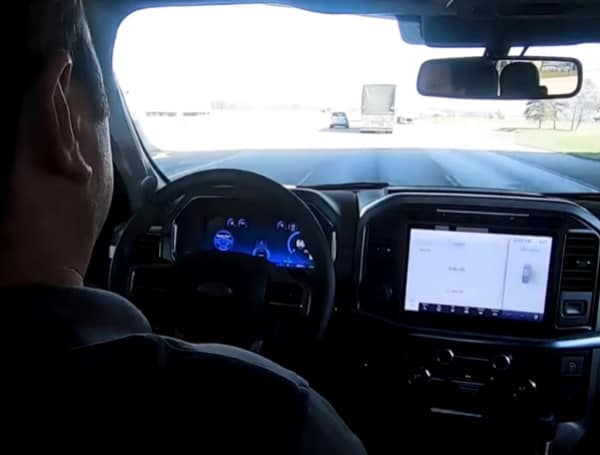(StatePoint) Fatal car crashes are on the rise, causing over 35,000 deaths each year nationwide. In many cases, driver behavior and/or driver err
(StatePoint) Fatal car crashes are on the rise, causing over 35,000 deaths each year nationwide. In many cases, driver behavior and/or driver error contributes to the crash.
Can self-driving cars save lives? Experts say the answer is yes, but point out that automated vehicle technology will need to evolve from where it is today.
In particular, developing systems that allow pedestrians and computer- or AI-operated vehicles to seamlessly communicate will be key to ensuring their broad adoption. 2020 National Highway Traffic Safety Administration data shows that pedestrian fatalities are up 3.9% compared to the previous year. At more than 6,000 deaths annually, this is the highest this figure has been since 1989.
This is why Toyota’s Collaborative Safety Research Center (CSRC) has been working with the Massachusetts Institute of Technology AgeLab and the University of Wisconsin-Madison Cognitive Systems Lab to study how drivers and pedestrians signal their intent to one another.
The teams broke down hundreds of hours of driving videos and footage from vehicle and intersection cameras to isolate, document and define the physical language used by drivers and pedestrians. The aim of the research is ultimately to inform the development of advanced vehicle safety and signaling features that perform similarly to existing drivers, as well as future automated vehicle technologies.
“Quantifying how, where and when interactions between drivers and pedestrians exchange social cues will help us create profiles that we can use to simulate situations and adjust the vehicle behavior. If we can do that well, it will help with advanced automated vehicle development, and will allow vehicles to exhibit the right social cues to become more integrated into society,” says Dr. Josh Domeyer, senior researcher, CSRC.
Defining “vehicle communication” as much more than turn signals and brake lights, this research is identifying and investigating the number of small behaviors that drivers perform in order to indicate their intent through movement. For instance, drivers typically begin stopping earlier and farther away for pedestrians than they would for a stop sign.
Similarly, a driver will often slowly inch forward to indicate when they intend to proceed through the crosswalk. Such behaviors are important for safe and polite interactions and can be applied to automated vehicles in the future.
“For self-driving cars to become widespread and for people to become comfortable with the idea of using them, we’ll need to design complex and intricate systems that allow these vehicles to behave and interact with pedestrians in ways that are already common,” says Dr. Domeyer.
To learn more about CSRC’s research, visit amrd.toyota.com.
As researchers identify and plug the safety gaps created by new transportation technologies, they remain hopeful that the widespread adoption of automated vehicles will pave the way to safer roads and lives saved.
Visit Tampafp.com for Politics, Sports, and National Headlines. Support journalism by clicking here to our GiveSendGo or sign up for our free newsletter by clicking here.
Android Users, Click Here To Download The Free Press App And Never Miss A Story. Follow Us On Facebook Here Or Twitter Here.
Copyright 2022 The Free Press, LLC, tampafp.com. All rights reserved. This material may not be published, broadcast, rewritten, or redistributed.

